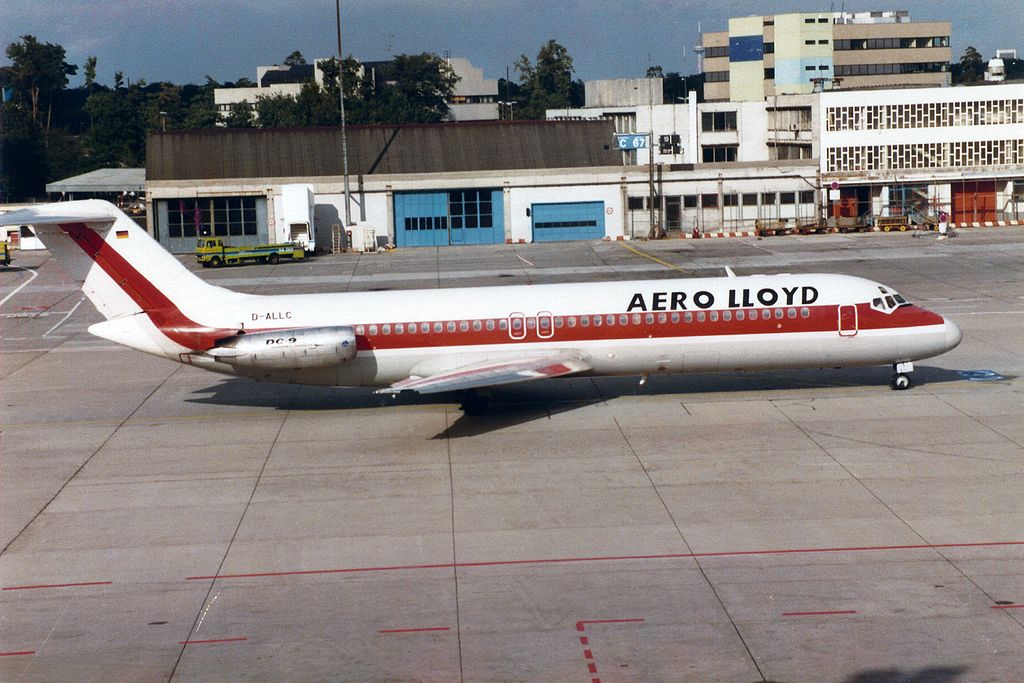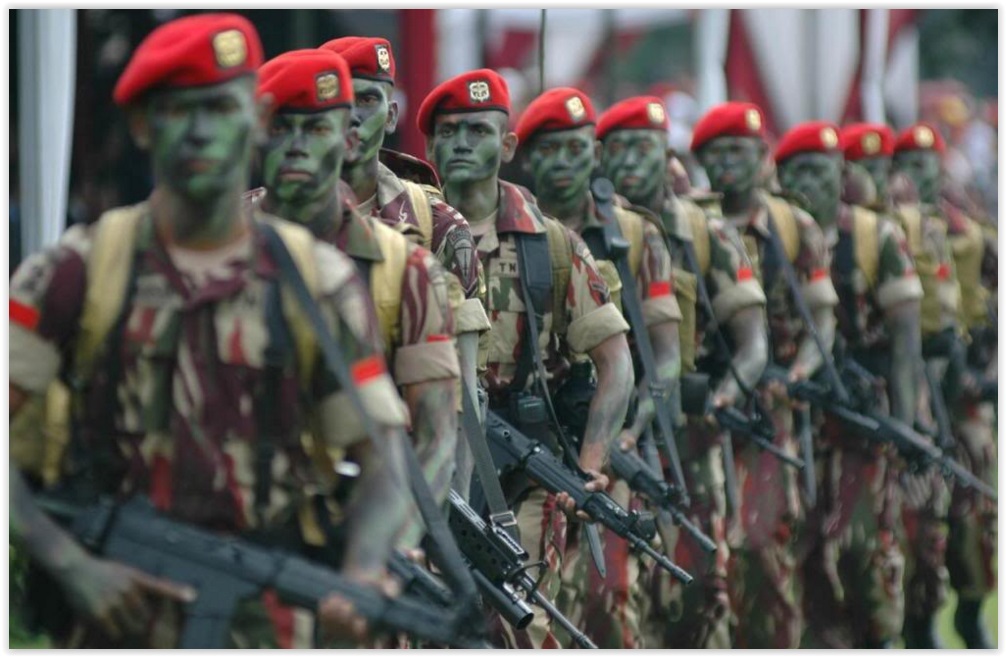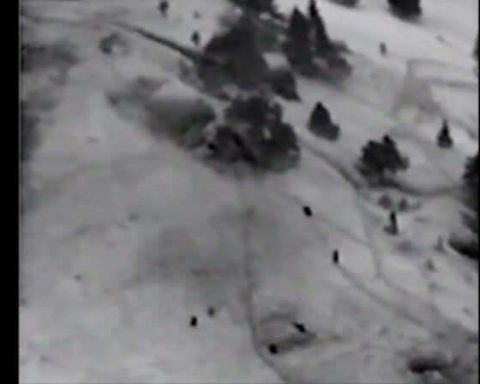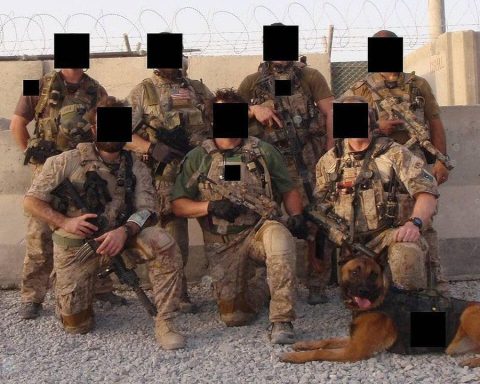On March 28, 1981, a significant event occurred in the aviation industry when Garuda Indonesia Flight 206, a DC-9 Woyla (PK-GNJ), was hijacked by five terrorists. The act of piracy put the lives of passengers and crew in peril and marked a dark moment in the history of air travel.
Garuda Flight 206
On March 28, 1981, Garuda Indonesian Airlines Flight GA 206, operated by a DC-9 Woyla, embarked on a domestic journey from Palembang to Medan. The flight had originated in Jakarta earlier that day, made a stopover in Palembang, and was expected to reach its final destination of Medan at 10:55 a.m.
Hijacking
Mid-flight, two passengers on the Woyla aircraft rose from their seats, with one heading towards the cockpit and the other standing in the aisle. By 10:10 a.m., the plane was entirely under the control of five armed hijackers. The hijacker in the cockpit directed the pilot to fly to Colombo, Sri Lanka, but the pilot stated that the fuel was insufficient for the journey. The plane was then redirected to Penang, Malaysia. The hijackers were members of the Jihad Commando group, a radical Muslim organization that had carried out numerous raids, including on police stations and military bases, in Indonesia from 1977 to 1981.
The Indonesian government was on high alert as the hijacking unfolded. This was a severe and new challenge for the country, as the only previous hijacking case in Indonesia took place in 1974 and involved a marine who had hijacked a domestic flight for monetary gain before being killed by the pilot. In the evening, the newly formed Indonesian Special Force, Kopassus, procured a DC-9 aircraft from Garuda Airlines for combat training exercises.
Plan for action
The hijackers’ plan was flawed from the outset. After refueling in Malaysia, the Woyla aircraft departed for Don Muang, Thailand. An elderly female passenger was allowed to disembark in Malaysia. The hijackers issued their demands: the release of Jihad Commando members held by the Indonesian government, along with US $1.5 million. They also requested a plane be prepared for the released prisoners to be transported to a yet-to-be-named location. The hijackers had set a bomb on the plane.
The situation became increasingly difficult for the Kopassus commander. He suspected that the plane would eventually be flown to a Middle Eastern state, and the fact that the aircraft had left Malaysia only added to his concerns. Additionally, the US ambassador contacted him, expressing the US’s reliance on him to ensure the safety of American citizens on board the flight. On the evening of March 29, 35 members of Kopassus took off from Indonesia on a DC-10, all dressed in civilian attire.
The Thai government was initially hesitant to endorse the Indonesian military solution. They preferred negotiations similar to the approach that ended the 1972 takeover of the Israeli embassy in Bangkok by the Black September terrorists. However, they eventually consented to the military option, given that the Indonesian government owned the aircraft and all hijackers were Indonesian nationals from a Muslim extremist group. The CIA’s chief in Thailand even met with Kopassus to provide them with flak jackets and breaching kits.
Greenlight
On March 31, at 2:30 a.m., an American journalist, among an ensemble of international journalists from countries including Indonesia, the United States, Thailand, Japan, Singapore, West Germany, France, and Australia, was awakened by the sight of armed soldiers emerging from the bushes near Garuda Indonesian Airlines flight GA 206. The soldiers had brought three ladders and were part of a plan to penetrate the plane. The blue and red teams were to climb the wings and wait by the side doors while the green team would breach the rear door and all enter simultaneously at the “go-code.”

By 2:43 a.m., the Thailand commando team was in a position to prevent any possibility of the hijackers escaping. Upon the “go-code” being given, the teams entered the plane, but not all at once. The green squad entered first and encountered an alert hijacker. In the exchange of gunfire, a member of the anti-terrorist team was shot, and the hijacker killed himself. The blue and red teams then entered and killed two other hijackers on sight as the passengers ducked and closed their eyes. The commandos instructed the passengers to evacuate, and the last hijacker was killed outside the plane.
However, the drama was cut short as paramedics rushed to attend to the wounded pilot, who had been shot during the raid.
Aftermath
On March 31, 1981, the Indonesian Special Force, Kopassus, successfully executed a counter-terrorism operation against hijackers who had taken control of Garuda Indonesian Airlines flight GA 206, “Woyla.” The mission resulted in the death of all five hijackers and the loss of two lives from the Kopassus team.
International journalists from various countries, including the US, were on the scene to witness the operation, which took place at Don Muang, Thailand. The Kopassus team entered the aircraft coordinated, and the hijackers were neutralized in the ensuing crossfire.
The extremist group Jihad Commando carried out the attack, which aimed to overthrow the Indonesian government and establish an Islamic state. It is believed that they sought support from the Islamic Republic of Iran, as the leader of the hijackers wrote a letter to Ayatollah Khomeini asking for aid on behalf of the Indonesian Islamic Revolutionary Council.
The successful operation received praise from Asian and European news outlets, including the Asian Wall Street Journal. However, the event was overshadowed by the assassination attempt on President Ronald Reagan, which co-occurred.
On April 1, 1981, Achmad Kirang, a member of the Indonesian special forces team known as Kopassus, succumbed to his wounds at Bhumibol Adulyadej Hospital in Bangkok. He had been shot in the abdomen during a mission. A few days later, Captain Herman Rante, the pilot caught in the crossfire, also passed away in Bangkok. The remains of both Kirang and Rante were later transported to Jakarta, where they were laid to rest at Kalibata Heroes Cemetery.
In recognition of their bravery, the Kopassus team, led by Lieutenant Colonel Sintong Panjaitan, was honored with the Bintang Sakti award by the Indonesian government. In addition, they were all promoted in rank. As a special tribute, Achmad Kirang was posthumously elevated to a higher rank.




